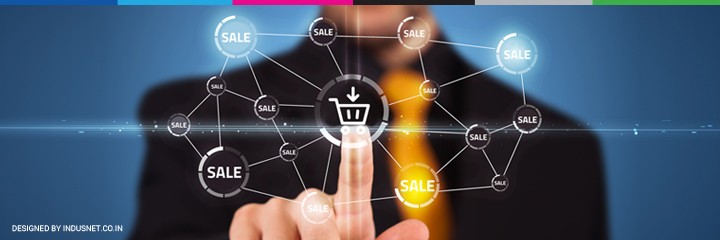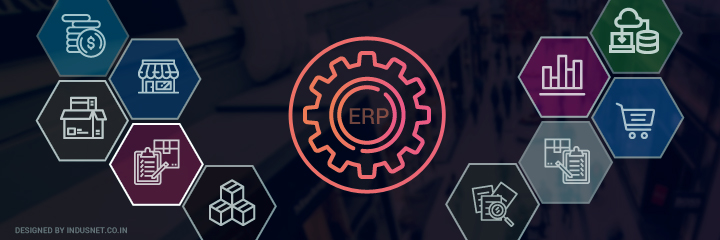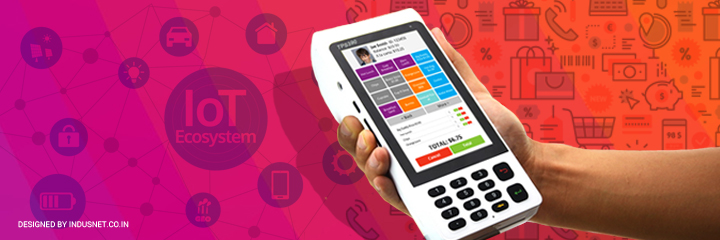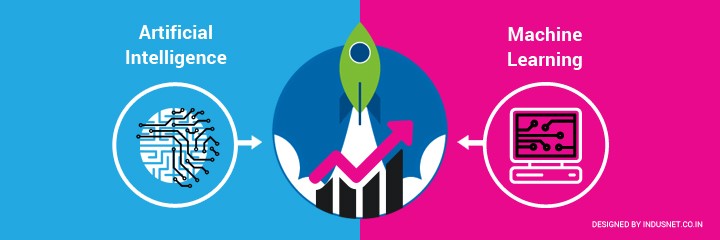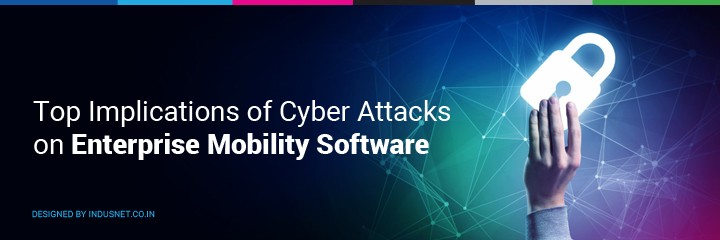
How CIOs Can Prepare for the Brave New World that 5G Is Going to Usher
With most countries set to start rolling out 5G networks late this year, businesses have wondered what it means to them, and they would need to prepare themselves for the changes. 5G is poised to be at least 10 times faster than 4G, and five times more responsive than its predecessor. This means, consumers are going to download movies, play games, and run complex applications effortlessly. 5G is expected to connect 100 times more devices than 4G did, giving rise to a deluge of IoT-enabled gadgets and devices. C-level executives such as Chief Information Officers will need to upgrade their skillsets in order to ready themselves for an ultra-fast future. In this article, let us understand how 5G is going to affect enterprise IT, and what skillsets CIOs and other C-level executives will need to acquire in order to implement 5G networks successfully and enhance products optimally. 5G’s impact on Enterprise IT With ridiculously high speeds, 5G is set to revolutionize the way internet-of-Things (IoT) is imagined and used currently. With more devices being connected to the internet, the resulting data deluge will be something that businesses will have to deal with. However, this data also provides them with opportunities to access rich insights. In addition, people will be able to use applications that are stupendously quick. This may give rise to security issues, and mobile security will be an issue that most businesses will have to deal with once 5G is rolled out. As 5G enables speed and mobile responsiveness, businesses will have to focus more on upgrading their applications to meet the standards of 5G speeds. This means, user experience and user interface design will be something that every business will have to consider improving. 5G requires complex infrastructure, and many businesses will have to focus on upgrading existing infrastructure or investing in newer networks and systems. Enterprise IT will also need to reassess the skill sets of its IT teams, and probably hire developers with advanced programming skills. It is important to remember that 5G will spur a different kind of mobile revolution where applications will be more complexly built, with a more minimalist UI/UX. The top implications of 5G on enterprise IT are : Cloud-enabled applications Enterprise applications so far have been limited by 3G and 4G devices that aren’t exactly impressive when it comes to speed. Cloud applications have often failed to load or even crashed when network signals haven’t been strong. With more employees using cloud-based enterprise applications on their devices, 5G provides the necessary speed to successfully run enterprise-grade applications. this mans, businesses will find it easier to use cloud-based applications, many of which are subscription-based. This will lead to reduction in infrastructural expenditure. AR and VR technology Augmented reality and Virtual Reality will find an impetus thanks to the 5G network. Both AR and VR technologies are likely to be used in situations outside entertainment. For instance, businesses may begin to use virtual reality in shipping and transportation. With robotics improving alongside, 5G will help in remote management of many tasks that were previously done manually. Being able to remotely control and manage logistics, shipping, and other processes will likely be a groundbreaking scenario for eCommerce entities. Fast-loading applications 5G is likely to encourage developers to create fast-loading applications, which are free from bugs. Launch-time performance will take the center-stage among developers and will be an important criteria while conceptualizing applications. The implication for businesses here is, they will be able to get more users to take action. It is a well-known fact that even a millisecond of delay in app-loading results in the user not using the application at all. 5G will encourage users to engage with an application for a longer time. Smart devices Tremendous speeds will help businesses to toy around with IoT-enabled devices, giving them opportunities to access data that probably wasn’t available previously. businesses may also benefit from Big Data, specific instances of which may be shared via Blockchain. Speaking of Blockchain, enterprise IT will find itself having to worry less about security as Blockchain adoption is going to grow alongside 5G, enabled by its speed. Blockchain, IoT, artificial intelligence, and other emerging technologies will help build better smart devices, which will perform better thanks to 5G. Mobile responsiveness With speeds come responsiveness, and that is where enterprise IT will need to focus on this year. 5G has the resilience and capacity to support really complex applications while also making sure that responsiveness is not at risk. This means, users get to engage with complex applications intuitively, without realizing that underneath the simplicity, the code is unfathomably complex. This also means, businesses will begin to focus a lot more on UX/UI than they ever did before. Sales and marketing A surprising outcome of 5G rollout will be the effect it will have on sales and marketing departments. This will necessitate enterprise IT to develop better strategies to deal with data that results from customer interactions. Data resulting from social conversations will need to be managed ever more deftly, as 5G will definitely encourage people to interact with companies and product manufacturers/developers more frequently. Security This whitepaper by Ericsson explains why 5G requires additional security aspects to be considered. 5G is not exactly a faster version of 4G. It involves a very different kind of technology, which necessitates a different kind of infrastructure. Consequently, the biggest implication for enterprise IT will be that of security. IT departments will need to plug in all holes to ensure security and privacy are protected. As 5G will encourage more employees to use mobile devices for most enterprise-related tasks, BYOD policies need to be bolstered with adequate security measures as well. With 5G spurring changes with enterprise IT, there will also be a need for CIOs to develop new skill sets or hone existing ones. 5 skill sets that are closely associated with 5G rollout are : Programming knowledge As 5G will herald superfast mobile apps, complex AR and VR enabled
